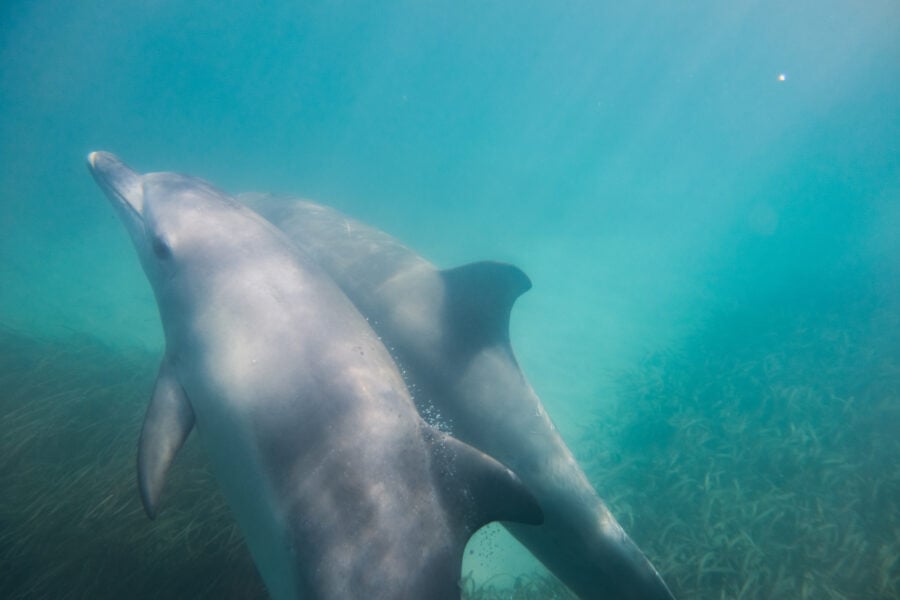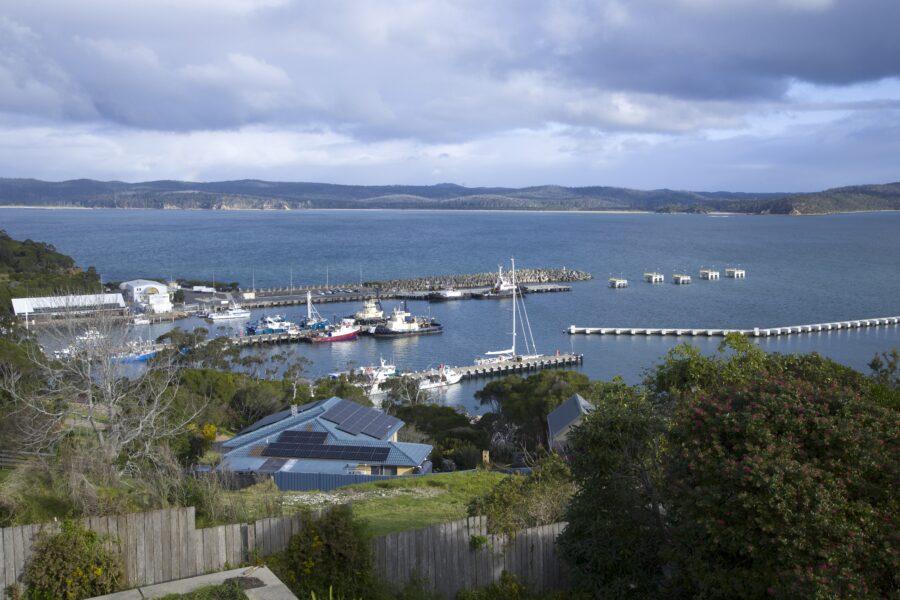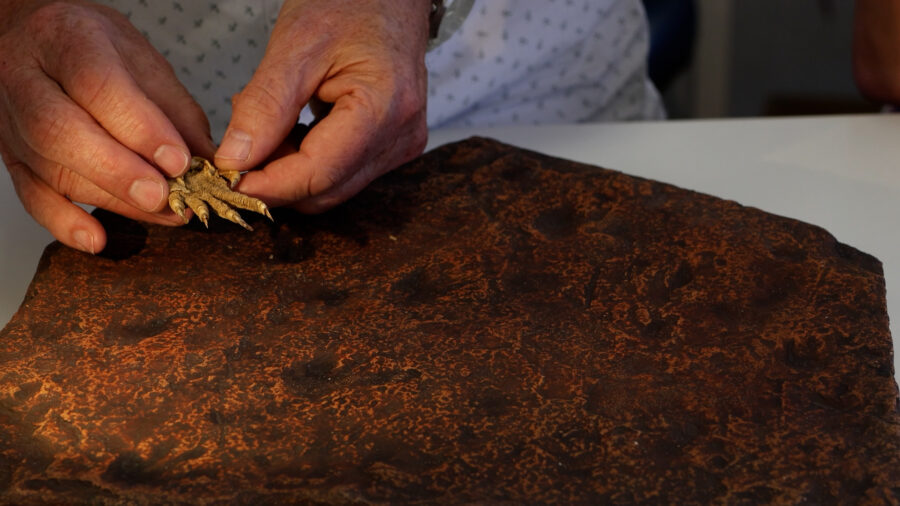Secrets of successful surfers revealed

RESEARCH FROM NEW ZEALAND reveals that surfing isn’t just about waiting for the right waves or balance and technique – it also requires strength, power and endurance.
A study led by Oliver Farley, a surfer and physiologist based at the Auckland University of Technology (AUT), has created a snapshot of what elite surfers experience physically when they’re catching waves.
Dr Jeremy Sheppard, sports scientist at Edith Cowan University and Sport Science Manager at Surfing Australia, says there’s now a shift toward using evidence-based data, such as this, to make decisions about training regimes.
“This has helped us educate surfers on what kinds of strength training exercises will help with their paddling,” Jeremy says. “Whereas previously most people thought to practise they just had to go swimming and do more paddling.”
Click here to see our eight greatest Aussie surf spots and read our guide to the basics of surfing
Peak surfing performance
His research is “the first of its kind,” says Oliver. “It gives us a better insight into what [surfers] are actually going through and how fit the top level guys really are.”
He says the findings – which were submitted for his masters thesis and announced by AUT earlier this month – could lead to changes in training regimes and inform the way surfing athletes prepare for competitions.
For the study, Oliver and his co-workers fitted 12 nationally ranked surfers with tiny GPS trackers and heart-rate monitors and videoed them during several heats.
According to their observations, the greatest amount of time – 54 per cent – was spent paddling, 28 per cent was spent waiting on the board, while only 8 per cent was spent riding waves.
Surprise distances covered by paddling surfers
Oliver says he was surprised by the large distances the competitors were able to cover. “Most of the guys were travelling an average of 950m in the space of a 20-minute heat,” he says. “These guys were doing three heats a day, so some were solely paddling over three kilometres.”
The heart rates mostly hovered around the moderate to high intensity range, peaking at 190 beats per minute at the end of a wave.
“The heart rate getting up to 190 beats was a surprise,” says Oliver. “We hypothesised the heart rate would peak when paddling to catch the wave.” The fact the heart was pumping hardest at the end of each ride could be linked to a release of adrenaline, he added.
The findings offer up a profile of the sport as one that requires both endurance and power, with large amounts of low-intensity paddling, bouts of fast paddling with breath-holding, and also short recovery periods.
“We can use this information for designing training programs for elite surfers and making recommendations about what they can do to enhance their fitness and to keep them winning,” says Oliver.
The difference between winning and losing
The physical capacity to catch as many waves as possible during a heat can be the difference between winning and losing. Therefore, Oliver says, it may be useful for surfers to develop aerobic endurance by paddling on an ergometer, or simulating surfing heats.
The results of the study also indicate strength building exercises like press-ups, bench press, and pull-ups could boost paddling performance.
Further research in this area will lead to better-informed coaches and top-class training for surf champions, says Jeremy Sheppard of Surfing Australia. “We’ve basically integrated sports science research into our elite athlete program, so the research is training and the training is research,” he says.
Oliver’s findings were published in 2012 in The Journal of Strength and Conditioning Research.
RELATED STORIES




